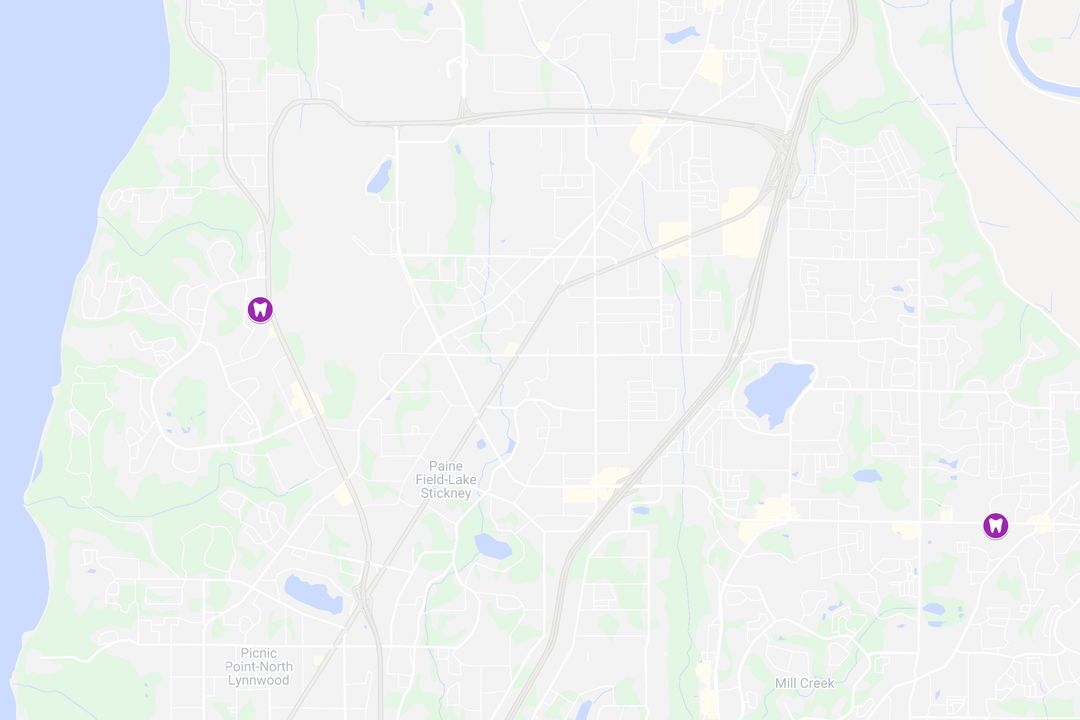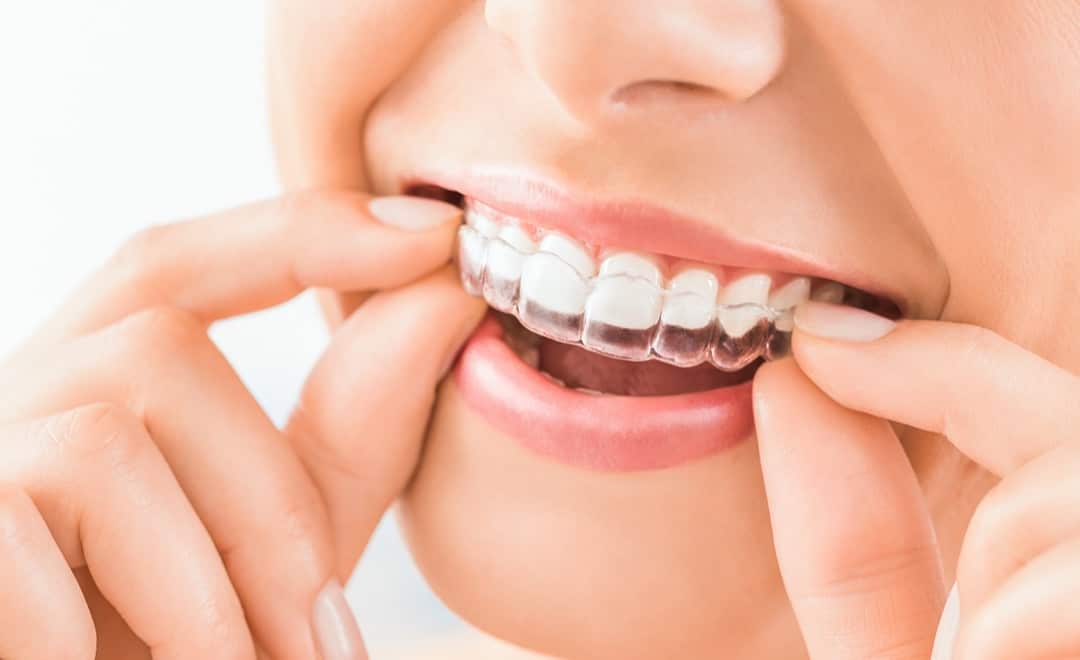Braces aren’t the only orthodontic treatments that can correct malocclusions, or bite problems. At Stellar Family Orthodontics in Mukilteo and Mill Creek, Washington, Dr. Chad Carver, DMD, uses palatal expanders to correct a wide range of bite issues. A palatal expander may complement a braces treatment plan, or it can be a standalone treatment.
After a comprehensive evaluation, which you can discuss at your free orthodontic consultation, Dr. Carver will determine whether a palatal expander is right for your child.
What is a palatal expander?
A palatal expander is an orthodontic appliance that gradually widens the upper jaw. The expander sits on the roof of your mouth and attaches to your molars. Over the course of a few months, the expander puts pressure on the teeth to widen the upper jaw. For those with a narrow bite, a palate expander helps align the upper jaw with the lower jaw.
Uses for Palatal Expanders
There are many reasons Dr. Carver and the Stellar Family team may recommend a palatal expander for your child or teen. Malocclusions can directly impact your child’s ability to chew and speak comfortably. Furthermore, a bad bite puts your child at risk of tooth damage, including chipped teeth and cracked teeth.
Your child may need a palatal expander to correct:
Overcrowding
Overcrowding occurs when your mouth doesn’t have enough room to fit all your teeth. This causes teeth to push together and overlap, leading to potentially serious dental concerns, such as malaligned teeth, cracked teeth, tooth decay, and gum disease. Sometimes, overcrowding can even put pressure on the temporomandibular joints (TMJ) and cause jaw pain.
A palatal expander slowly pushes the upper jaw outward to widen it so your child’s teeth can erupt as they should. While a palatal expander often precedes braces, it may actually eliminate the need for further orthodontic treatment.
Crossbite
Overcrowding isn’t the only orthodontic issue that can result from a narrow palate. If your child’s upper jaw is too narrow, it may not align with the lower jaw. As a result, the lower teeth can overlap with the upper teeth. This condition can be especially challenging to deal with, as it puts pressure on the back molars and the TMJ joints.
By placing a palate expander in your child’s upper arch, Dr. Carver can help realign the upper and lower jaw to relieve this pressure.
Impacted Teeth
Impacted teeth occur when your child’s existing teeth prevent their new teeth from erupting. When new permanent teeth can’t erupt in time, they become trapped beneath the gum line. Not only can this negatively impact your child’s bite, it can also lead to tooth pain, crooked teeth, and even infection.
Placing a palatal expander widens the upper jaw to create more room for these new teeth to erupt properly.
What is the best age to get a palatal expander?
There’s a reason orthodontists recommend palate expanders for children far more often than adults. Palatal expanders work best when the bones in the jaw are still pliable. Since children’s jaws are still developing, they respond well to this treatment.
Most orthodontists recommend palatal expanders for children between 7 and 8 years old. However, a palate expander can still be effective in older children, as long as they haven’t reached puberty yet.
Are palatal expanders painful?
Palate expanders are not painful, but your child may feel pressure when Dr. Carver adjusts the appliance. When an expander is first placed, it can also feel heavy and unnatural in the mouth. Much like braces, Invisalign®, and other orthodontic treatments, palatal expanders take time to get used to.
Want to find out if a palatal expander is right for your child? Call the orthodontic team at Stellar Family Orthodontics or schedule a free consultation online now!




